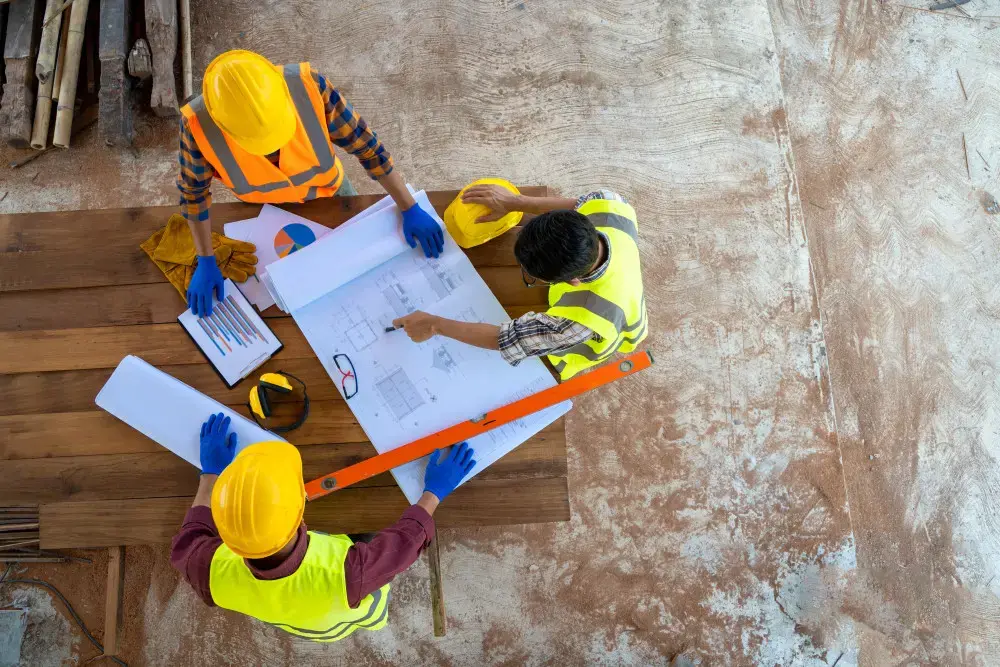Foam vs. Real Golf Balls: Pros and Cons for Indoor Practice
Introduction
Choosing the right kind of golf ball for indoor practice is more important than many might think. Foam vs real golf balls offers distinct advantages and disadvantages that can affect your practice experience. Understanding these differences helps golfers make informed decisions tailored to their specific needs and skills.
Why Indoor Practice Matters
Indoor practice creates an environment free from weather disturbances, allowing golfers to continuously hone their skills. It is especially beneficial for those living in areas with harsh winters or frequent rains. However, the choice between foam and real golf balls can significantly influence the quality of practice sessions.
Foam Golf Balls
Pros of Foam Golf Balls
- Safety: Foam balls are much safer for indoor use. They are lightweight and soft, reducing the risk of damaging property or injuring people.
- Cost-effective: Generally, foam golf balls are less expensive than real ones. This can be an attractive option for beginners who wish to practice without significant financial investment.
- Durability: Foam balls do not get scuffed or damaged easily, making them suitable for repeated use without losing performance.
- Noise Level: Foam balls are quieter when hit compared to real balls, making them preferable for indoor settings, especially where noise is a concern.
Cons of Foam Golf Balls
- Realistic Feel: Foam golf balls do not provide the same feel or feedback as real balls. This can hinder the development of muscle memory and swing mechanics.
- Flight Path: The trajectory and distance of foam balls are significantly different from real golf balls. This can lead to a lack of understanding of how shots will behave on an actual course.
- Limited Practice Techniques: Foam balls limit certain practice techniques, such as full swings or specific short-game drills. They may not be suitable for simulating challenging course conditions.
Real Golf Balls
Pros of Real Golf Balls
- Authentic Experience: Using real golf balls allows players to experience the true feel and feedback that comes with actual play. This helps to develop better muscle memory.
- True Flight Characteristics: Real golf balls behave similarly to those used on a golf course, making them vital for understanding ball flight and shot accuracy.
- Versatility: Real balls can be used on various surfaces and also during outdoor practice. They accommodate all types of swings and techniques, making them suitable for advanced training.
- Variety of Options: Golfers can select from numerous types of real golf balls tailored to their playing style. These options allow customization based on personal preferences.
Cons of Real Golf Balls
- Cost: Real golf balls can be expensive, especially premium brands. This can increase the cost of practice, especially for beginners.
- Safety Risks: Hitting real golf balls indoors poses significant safety risks. Damage to property and the potential for injury are major concerns.
- Noise Issues: The sound of real golf balls being struck can create a disruptive atmosphere for indoor practice, particularly in confined spaces.
- Durability: Real golf balls can become scuffed or damaged with repeated use, potentially impacting their performance.
Considerations for Choosing
Skill Level
Your skill level plays a crucial role in deciding between foam and real golf balls. Beginners might find foam balls to be a safer, more accessible option. Intermediate and advanced players, however, may need the realistic feel and feedback offered by real golf balls.
Space Constraints
The size and layout of your practice area also matter. If space is limited, foam balls might be the best choice to prevent damage and maintain safety. Larger, more open spaces allow for the full use of real golf balls.
Goals of Practice
Identify your practice goals. If you aim to work on your swing mechanics and feel, real golf balls offer a more authentic experience. Conversely, if you are focusing on developing your short game or casual practice, foam balls can be sufficient.
Frequency of Use
Consider how often you plan to practice indoors. If you plan to practice frequently, the expense associated with buying real golf balls repeatedly may be a deterrent. In contrast, foam balls can sustain longer use without the same cost concerns.
Combining Foam and Real Golf Balls
Some golfers may find it beneficial to incorporate both foam and real golf balls in their practice routines. This approach allows for a wider range of practice activities, giving players the chance to develop skills effectively while managing safety and cost considerations.
Strategic Use of Foam Balls
Foam balls are ideal for warm-up routines, drills focusing on swing mechanics, and indoor putting practice. Utilizing them during these activities allows golfers to practice safely without the risk of damage to surroundings.
Real Golf Ball Applications
Real golf balls become essential when transitioning to full swings and practicing any advanced techniques. When players want to simulate realistic gameplay or prepare for tournaments, real balls are the best choice.
Conclusion
Understanding the foam vs. real golf balls debate is vital for golfers aiming to improve their indoor practice sessions. Each type of golf ball has its advantages and disadvantages, influencing factors like safety, cost, and realism. Ultimately, the choice you make should align with your skill level, specific goals, and practice environment. By considering all these factors, you can optimize your indoor golf practice experience.








